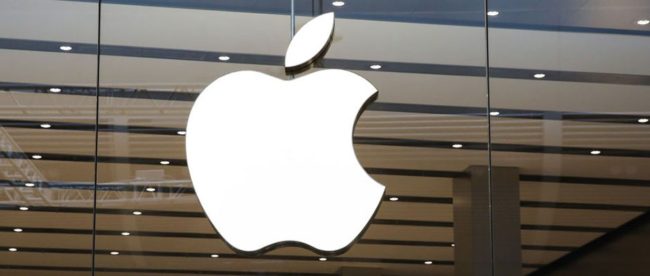Breaking down the Apple Ecosystem
By Zachary Crawford
Apple is one of the largest tech companies today. Many of their products don’t have the best hardware on the market or allow the user to maximize every aspect of the product. So why do so many people have Apple products? Well, if you have ever asked anyone why they might use an iPhone or a Macbook it all usually comes down to the same answer: The Ecosystem. Sure, you might find someone who thinks that the iPhone is simply the best phone with the best current hardware, but it always comes back to the ecosystem.
We can understand the Apple ecosystem by thinking of a puzzle. Each piece of the puzzle provides a clearer picture. While you don’t need to complete the whole puzzle to see the result, each piece makes it just a bit better. This puzzle is exclusive: no other piece will fit in the puzzle that Apple constructed.
To understand why Apple is such a successful company today, we must look into how the company has developed over the years. Before the huge mobile device era that we are in today, there wasn’t a good reason for companies to create an ecosystem as customers likely were not interested in buying several products. However, Apple had its eyes set far on the horizon and planted the seeds for an ecosystem early in 1984. When the original Macintosh was released, it came with its own proprietary OS (operating system specific to Apple). Many people at the time criticized Apple for creating an ecosystem that took power away from its users. During this time, Microsoft was licensing its OS to all manufacturers in order to optimize profits and dominance over the current computer market. Even as Apple saw minimal success compared to companies like Microsoft, Steve Jobs ensured that Apple kept a closed ecosystem.
As time passed, Apple slowly expanded its ecosystem to include different products. It was at this time that the reason for Apple’s exclusive ecosystem became clear. They quickly began to manufacture products including tablets and phones. With their expertise in hardware and software integration using their custom OS, they were able to quickly overtake competing companies. The Dell notebook, Microsoft tablet, and Blackberry phone now had new competition. But what Dell, Microsoft, and Blackberry didn’t have was products that worked well together.
Fast-forwarding back to the present, we can see how Apple has developed a plethora of different devices that all provide unquiet benefits to the user. These different devices can be organized into a sort of hierarchy. As we go down the tiers, the product loses benefits but becomes more portable. In the table, we can see how the Apple Mac Pro can provide the most power and benefits to the user while the Apple Watch is likely the easiest to use and transport. While each product provides its benefits, its connection is the most important aspect. Any texts you get from your phone will appear on your phone, tablet, and computer. You can set a reminder on your Apple Watch and it will appear on all devices. You can even begin writing an email on your phone while on the bus and continue writing on your computer at the office. These many benefits combined with Appleapple exclusive features such as FaceTime and iMessage are something that no other company has come close to matching.
So, Apple’s persistence to keep to itself despite potential profit early on has allowed for the company to virtually monopolize the idea of a tech ecosystem. The necessity for the best hardware is no longer the most important aspect. The user experience that Apple created is one that will no doubt leave a lasting impression on the technology community.

